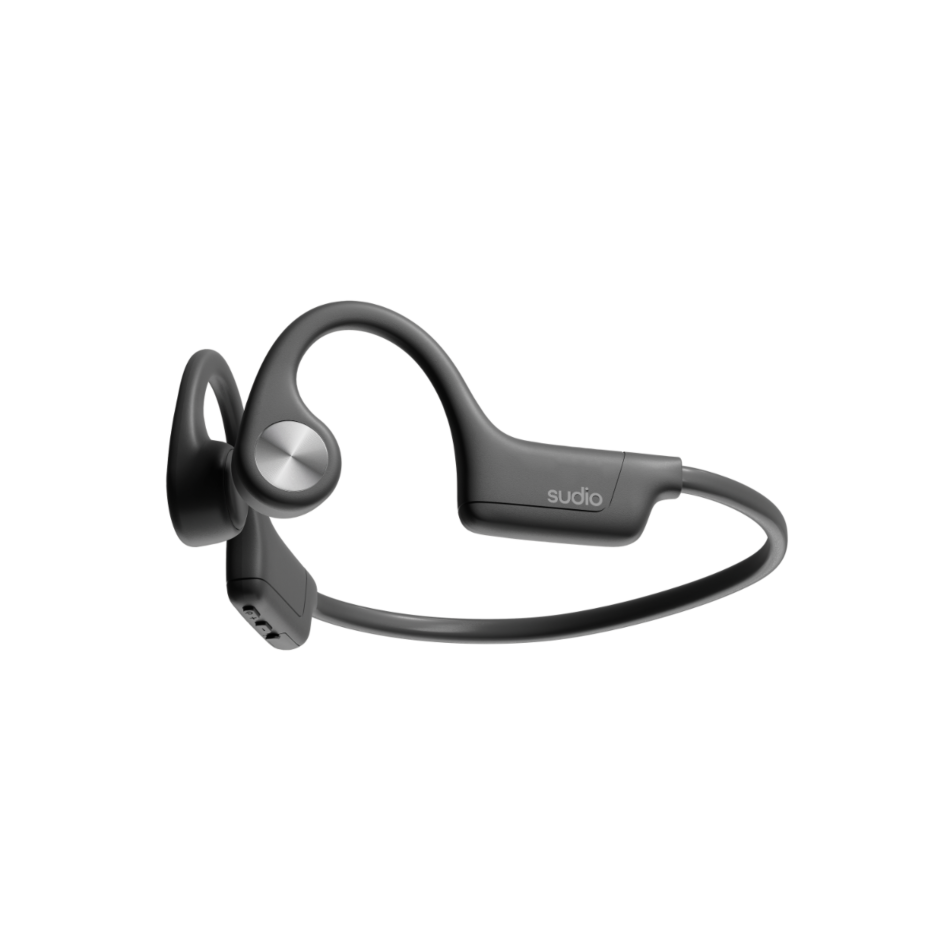
Bone conduction headphones may be the answer to a better headphone experience. Learn about their unique features and benefits in comparison to traditional headphones.
Understanding How Traditional Headphones Work
Traditional headphones, whether over-ear, around-ear, or earbuds, work by pushing air into the ear, which moves the hairs inside and allows us to hear the sound.
The air entering the ear magnifies the sound, making it louder than we realize. This is why it's easy to damage our hearing with headphones, especially earbuds, as your eardrums are too close to the sound source.
If you've ever experienced a soft ringing sound after removing your earbuds, it's a sign of slight hearing damage.
However, hearing loss is not the only problem with traditional headphones.
The Limitations of Traditional Headphones
In addition to the risk of hearing damage, traditional headphones can also obstruct our hearing and cause ear irritation.
For those with small ear canals, finding comfortable earbuds can be a challenge, leading to rubbing, chafing, and discomfort.
Furthermore, there are times when we want to be aware of our surroundings or need to stay alert, which is not possible with traditional headphones that block out external noise.
If you get sweaty, you know how annoying moist, slick earbuds can be during your workout.
Introducing Bone Conduction Headphones
Bone conduction headphones offer a potential alternative to traditional headphones. While they may look similar in design, there is a key difference.
Instead of pushing air into the ear, bone conduction headphones vibrate the skull, which in turn stimulates the hairs inside the ear. This method is a lot more pleasant than it sounds, I promise.
Bone conduction headphones typically have an around-the-ear design, with the 'bud' portion resting on the temple. The 'bud' is flat and fits snuggly.
Since they work using vibrations bone conduction headphones are THE ONLY CHOICE for people with conductive hearing loss. If you fall into the CDL camp, you can experience rich full sound just like those with full hearing when using a pair of bone conduction headphones. Pretty amazing.
In fact, bone conduction tech was founded in the hearing aid industry, which makes a lot of sense actually.

Advantages of Bone Conduction Headphones
Bone conduction headphones have several advantages over traditional headphones.
One major advantage is that they do not obstruct our hearing. This can be beneficial for those who need to be aware of their surroundings or want to stay alert while listening to audio.
Additionally, bone conduction headphones can be a comfortable option for individuals with small ear canals, as they eliminate the rubbing, chafing, and discomfort often experienced with traditional earbuds.
Furthermore, bone conduction headphones are not affected by sweat or moisture, making them a suitable choice for outdoor activities or workouts.
Privacy is also a consideration, as bone conduction headphones allow you to listen to audio without others overhearing, making them ideal for public spaces.
Overall, bone conduction headphones offer a unique listening experience.
The Limitations Bone Conduction Headphones
First and foremost, if you have full hearing, you’re not going to get beefy juicy bass from bone conduction headphones like you would in any decent pair of regular ones. That’s just the T sorry to say.
They also won’t work in noisy places like the side of busy roads where rushing cars creates a ton of wind noise. At that point you need to seal off your ears.
Due to the open ear design, you won’t be getting any noise canceling features on these because well, your ears are still open, so they’re not great for travel.
Ultimately, the choice between bone conduction headphones and traditional headphones depends on personal preferences and the intended use.
If you want to see a full video on bone conduction headphones, I got you.

.png)



